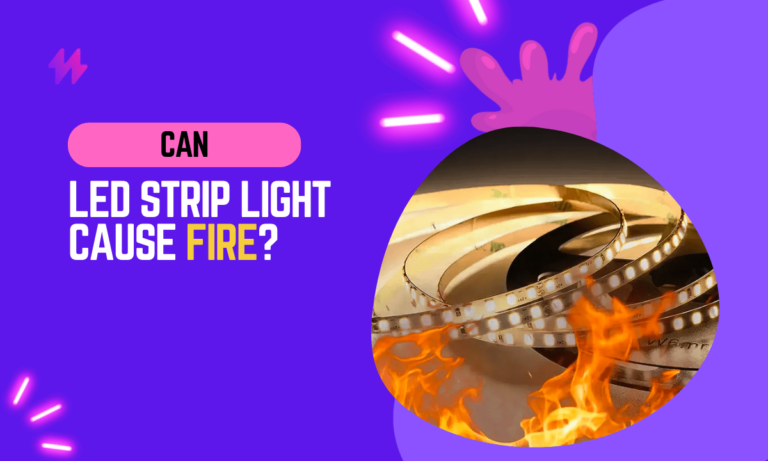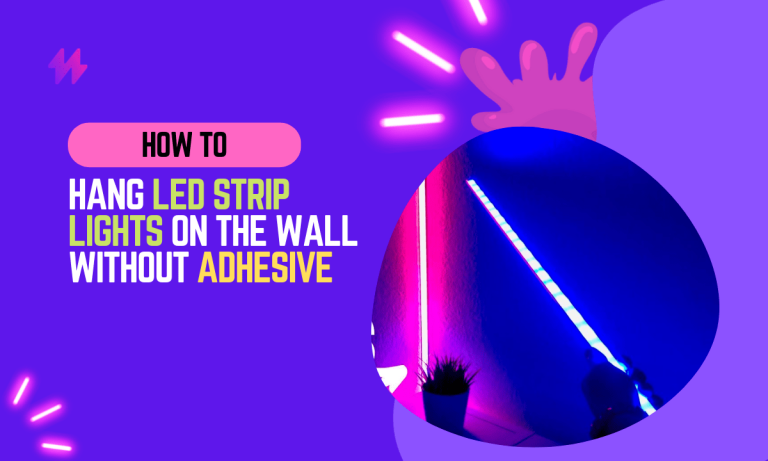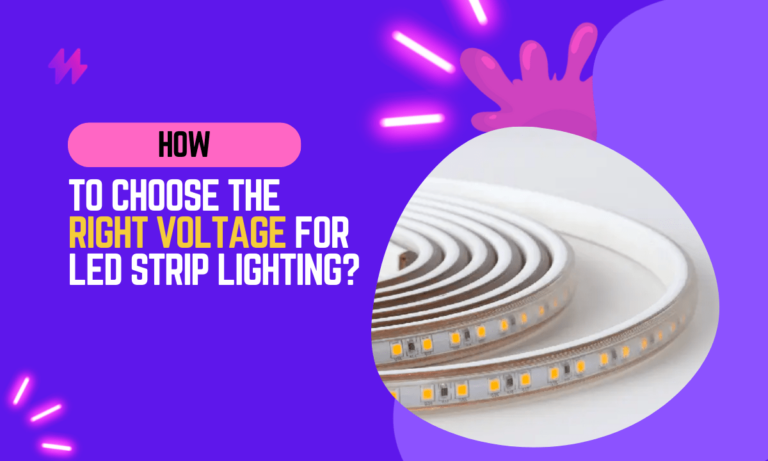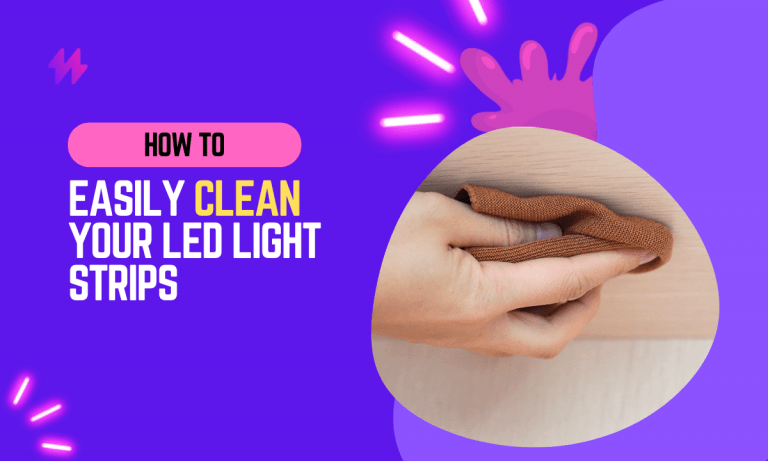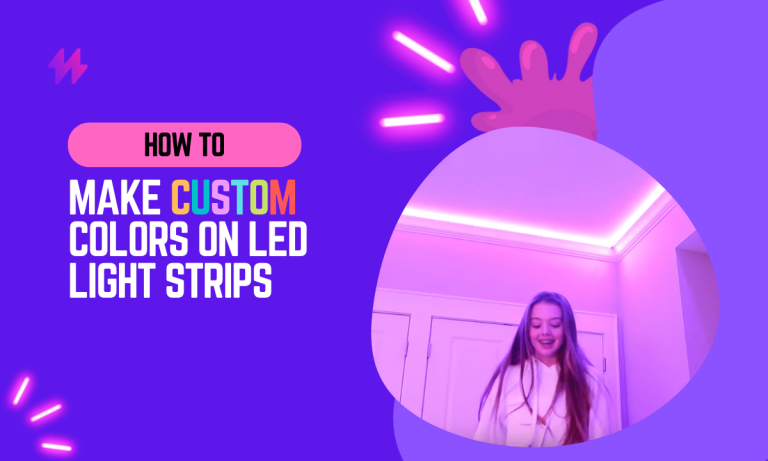How to Use UV Strip Lights & What They Are?
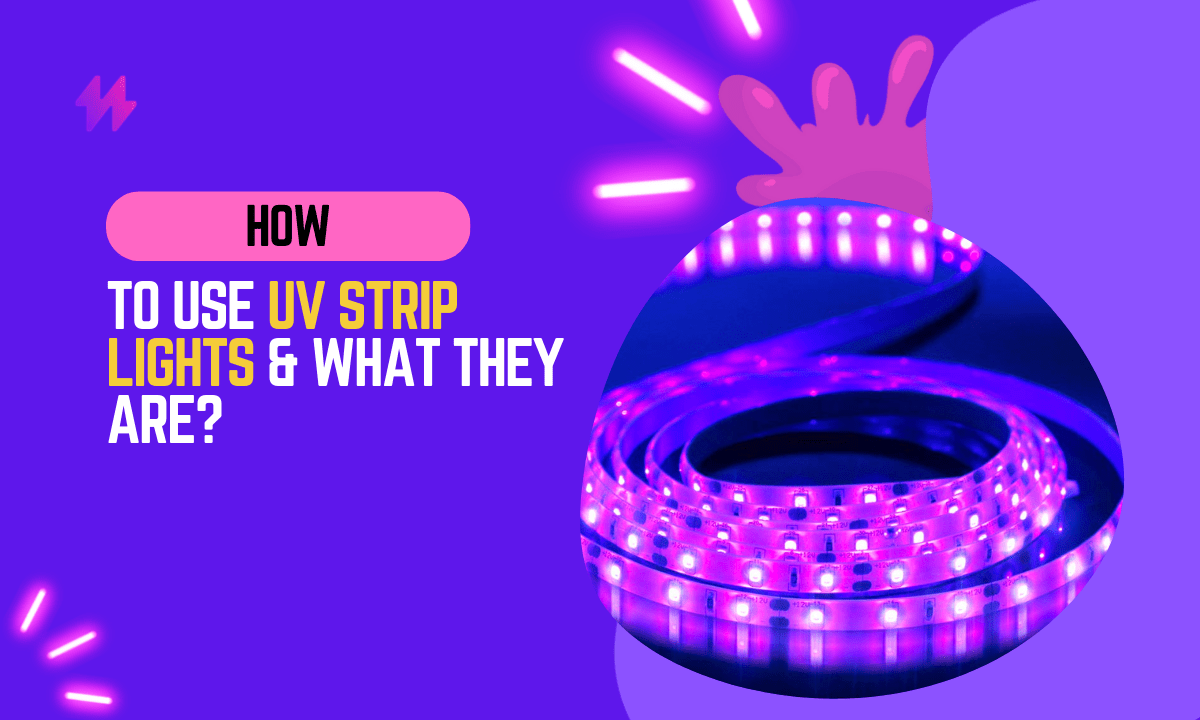
If you’re having problems with your UV strip lights, you’re not alone. UV strip lights are a popular choice for a variety of applications, but they can sometimes be finicky.
The most common problem with UV strip lights is flickering, it could be a sign of a problem with the power supply. But if your UV strip lights are not producing UV light, it could be a sign of a problem with the LEDs. To check the LEDs, you’ll need to use a UV light detector.
In this article, we will discuss the basics of UV strip lights, including their different types, applications, and benefits. We will also provide tips on how to choose the right UV strip light for your needs.
What Are UV Strip Lights?
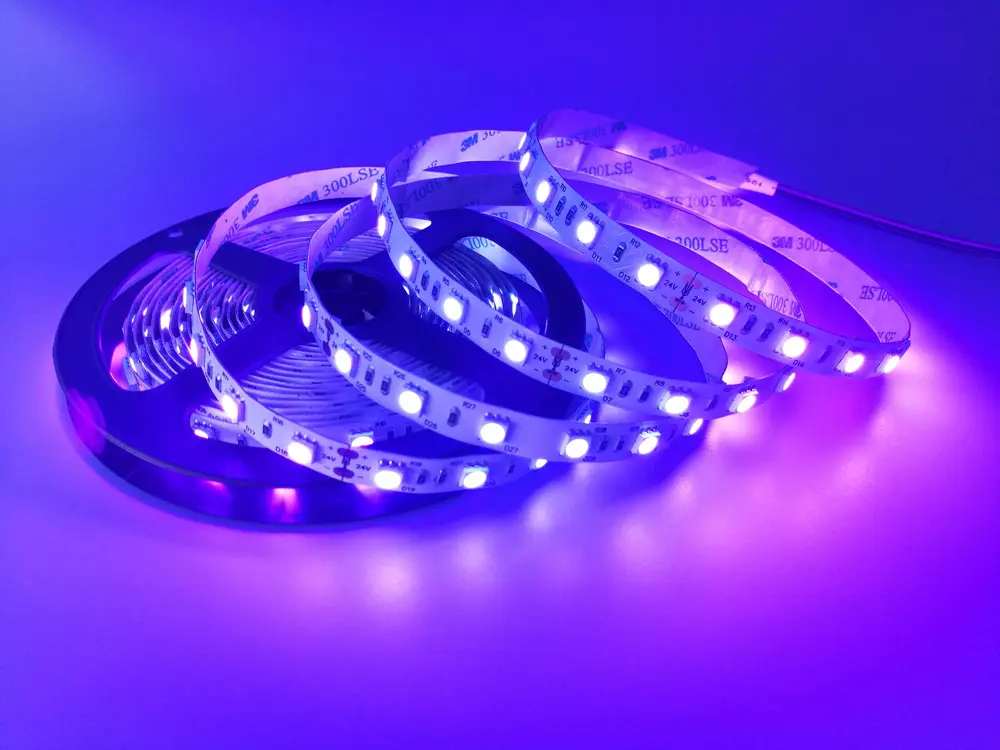
UV strip lights are a type of light that emits ultraviolet radiation. Ultraviolet radiation is a type of electromagnetic radiation that has a wavelength shorter than visible light but longer than X-rays.
UV strip lights are typically made of a long, thin strip of light-emitting diodes (LEDs). The LEDs are arranged in a row, and they emit ultraviolet radiation when they are turned on.
Different Types of UV Strip Lights
There are two main types of UV strip lights:
- UVA strip lights
- UVB strip lights
UVA strip lights emit ultraviolet radiation in the UVA range, which has a wavelength of 315-400 nanometers. UVA strip lights are used for a variety of purposes, including curing resins, disinfecting surfaces, and attracting insects.
UVB strip lights emit ultraviolet radiation in the UVB range, which has a wavelength of 280-315 nanometers. UVB strip lights are used for a variety of purposes, including tanning, skin cancer treatment, and plant growth.
Also read: Can You Use LED Strips to Grow Plants?
Applications of UV Strip Lights
UV strip lights are used for a variety of purposes, including:
- Curing resins
- Disinfecting surfaces
- Attracting insects
- Tanning
- Skin cancer treatment
- Plant growth
How to Choose the Right UV Strip Light?
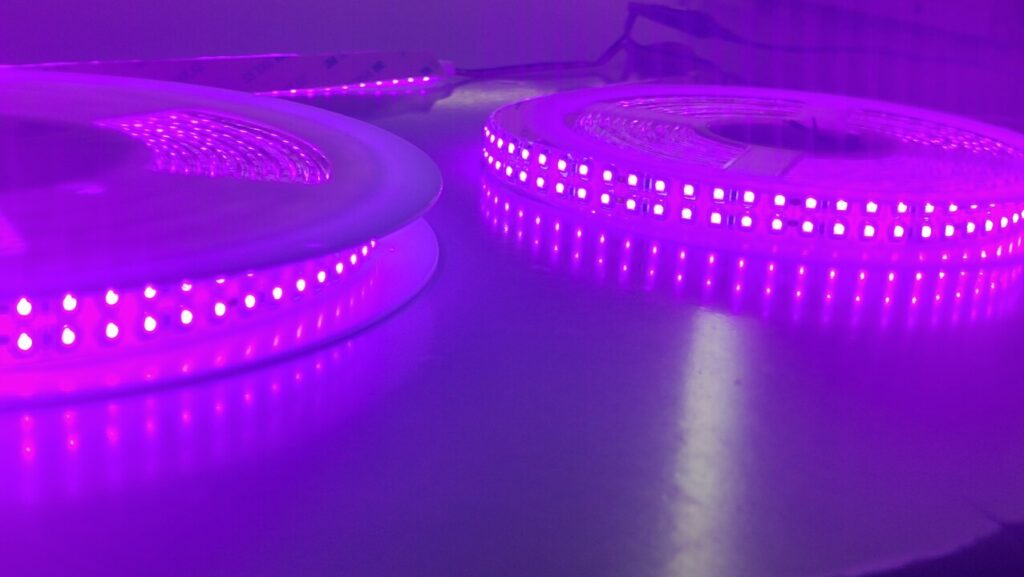
Choosing the right UV strip light involves considering several key factors to ensure it meets your specific needs. Here’s a breakdown of the points you mentioned:
Type of UV Radiation Emitted:
UV light is typically categorized into three types: UVA, UVB, and UVC. Each type has different applications. UVA is commonly used for curing purposes, UVB for medical treatments, and UVC for germicidal applications. Determine the type of UV radiation that suits your intended use before selecting a UV strip light.
The wavelength of the UV Radiation:
UV light is further divided into different wavelengths, measured in nanometers (nm). The wavelength determines the light’s specific characteristics and applications. For example, UVA wavelengths typically range from 320 to 400 nm, while UVC wavelengths are shorter, around 200 to 280 nm. Choose a UV strip light with the appropriate wavelength for your intended application.
Also check: What is the Width Size of the LED Light Strip?
Power of the UV Light:
The power of a UV light source is measured in watts. The required power depends on the size of the area you need to cover and the intensity of UV light needed for your application. Higher-wattage UV lights are generally suitable for larger spaces or more demanding applications, while lower-wattage lights may be sufficient for smaller areas.
Size of the UV Light:
Consider the physical dimensions of the UV strip light, especially if you have space constraints. The size of the light should align with the available space and the coverage area required. Additionally, for certain applications, such as UV curing in manufacturing processes, the size of the light source should match the size of the objects being treated.
Price of the UV Light:
UV strip lights come in a range of prices depending on their features, power and intended use. It’s important to balance your budget with the specific requirements of your application. Cheaper options may lack certain features or have lower build quality, while more expensive models might offer advanced functionality or better durability. Consider your budget constraints while ensuring the selected UV strip light meets your performance requirements.
Also read: How to Dim LED Strip Lights with Confidence?
FAQs on UV Strip Lights
Find some of the most asked questions about UV strip lights.
What are the different types of UV strip lights?
There are two main types of UV strip lights: germicidal and non-germicidal. Germicidal UV strip lights emit UV-C light, which is the most effective type of UV light for killing bacteria and viruses. Non-germicidal UV strip lights emit UV-A or UV-B light, which is less effective for killing bacteria and viruses, but can be used for other purposes, such as tanning or insect control.
What are the benefits of using UV strip lights?
UV strip lights offer many benefits, including:
- They are effective at killing bacteria and viruses.
- They are non-toxic and do not produce harmful emissions.
- They are energy-efficient.
- They are easy to install and use.
What are the risks of using UV strip lights?
There are a few risks associated with using UV strip lights, including:
- UV light can damage the skin and eyes.
- UV light can cause skin cancer.
- UV light can damage some materials, such as plastics and fabrics.
How do I use UV strip lights safely?
To use UV strip lights safely, you should:
- Wear protective eyewear and clothing when exposed to UV light.
- Avoid direct eye contact with UV light.
- Keep UV strip lights away from children and pets.
- Do not use UV strip lights for extended periods.
You may also like: Can LED Strip Lights be Hardwired?
Conclusion
In conclusion, understanding the functionality and applications of UV strip lights is essential for effectively utilizing this unique lighting technology. UV strip lights, which emit ultraviolet light, offer a range of uses from artistic and aesthetic applications to practical and industrial purposes. For those in the entertainment industry, UV strip lights can enhance the ambiance of a venue by creating glowing effects on white or fluorescent materials, making them ideal for parties and performances. Similarly, artists and designers often use these lights to provoke dramatic visual effects that are not achievable with standard lighting. On a more practical note, UV lights are instrumental in processes such as curing adhesives and coatings quickly and efficiently, which is invaluable in manufacturing settings.
Moreover, when deploying UV strip lights, it is crucial to consider safety measures due to the potential harm that UV light can cause to skin and eyes. Ensuring that these lights are installed in places that do not allow direct exposure to people is vital. Additionally, using UV strip lights in applications such as sanitization—where they can kill bacteria and viruses on various surfaces—requires strict adherence to safety protocols to avoid any adverse effects. The versatility of UV strip lights also extends to forensic and scientific fields, where they are used to view substances that are invisible under normal light conditions. Whether enhancing the visual appeal of an event, speeding up industrial processes, or contributing to health and safety standards through sanitization, UV strip lights are a powerful tool. Proper understanding and application, paired with adequate safety measures, can leverage the full potential of UV strip lights in various domains, making them a valuable addition to both creative and functional projects.

